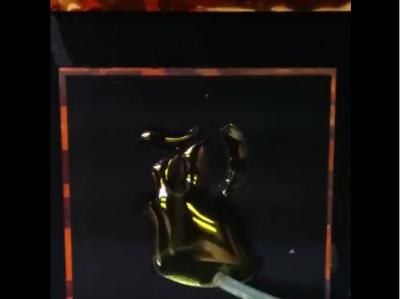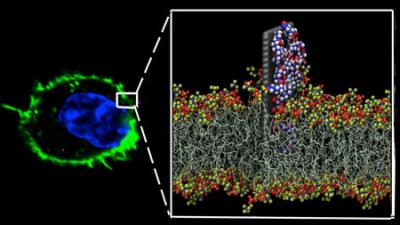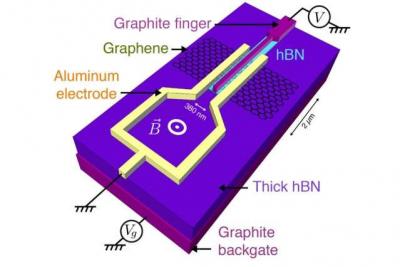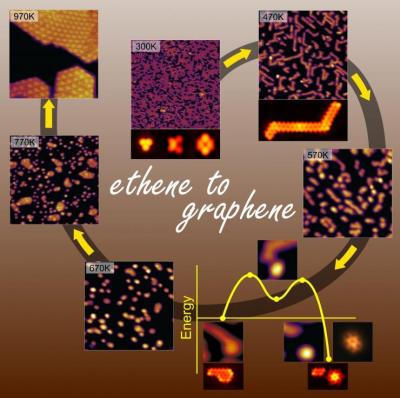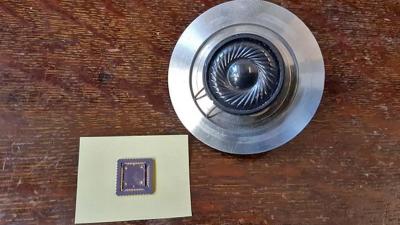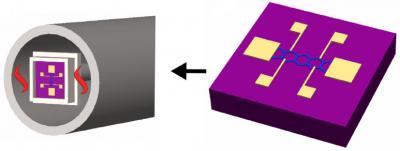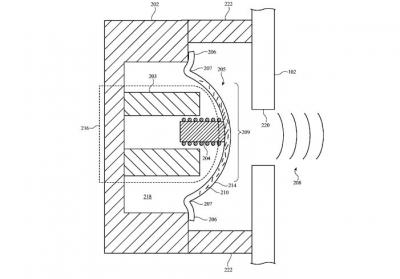Haydale to collaborate with Nanospan on graphene-based composites
 Haydale Graphene Industries recently stated that it has entered a memorandum of understanding with Nanospan India to collaborate on developing advanced nano composites for the Indian market.
Haydale Graphene Industries recently stated that it has entered a memorandum of understanding with Nanospan India to collaborate on developing advanced nano composites for the Indian market.
Nanospan, a graphene application development firm based in India, will work with Haydale to develop composites focused on the defence, aerospace and energy sectors in India.
